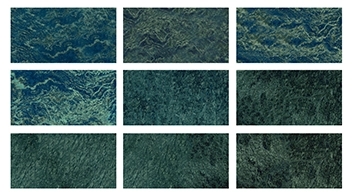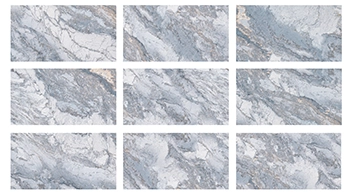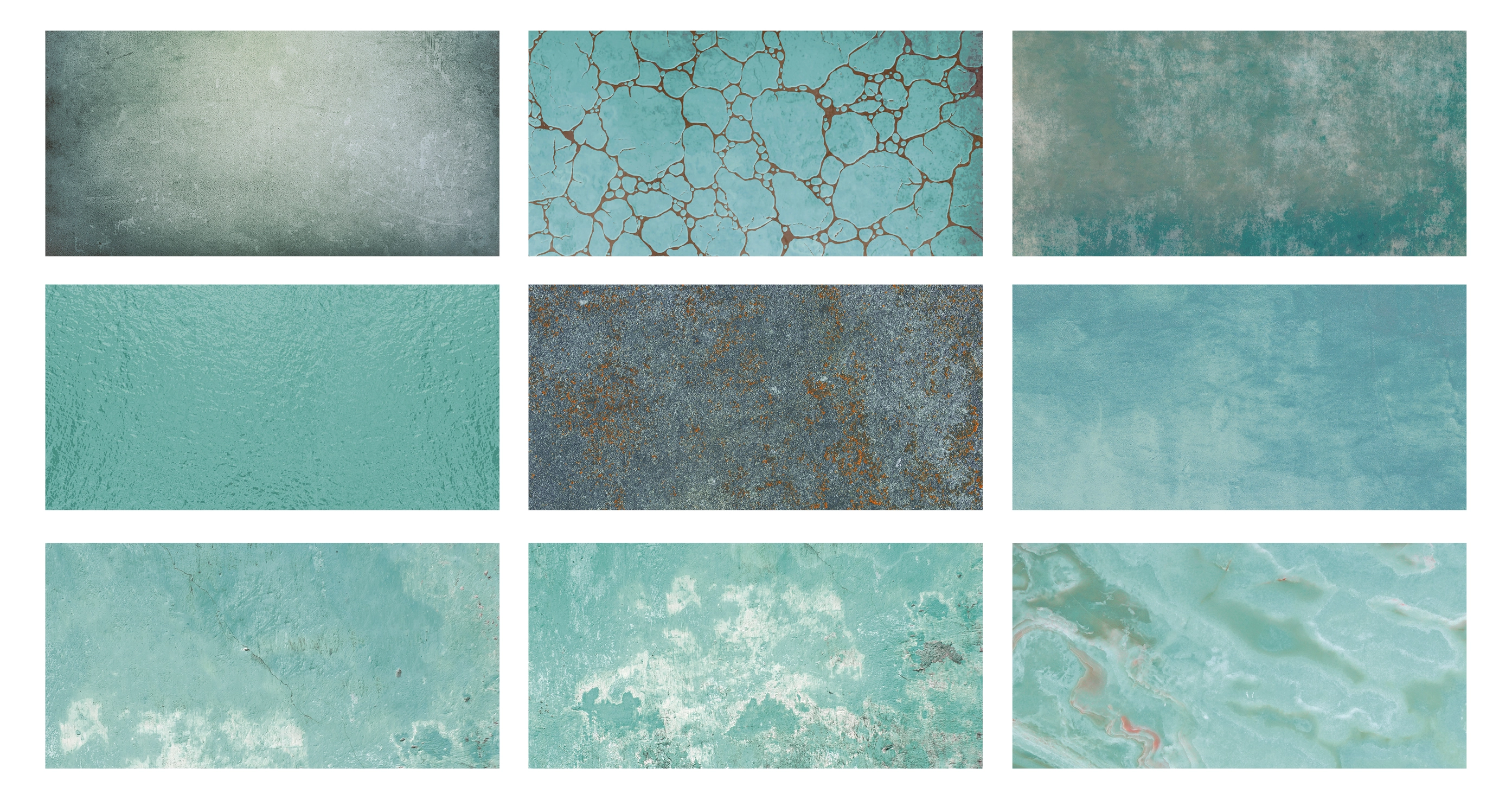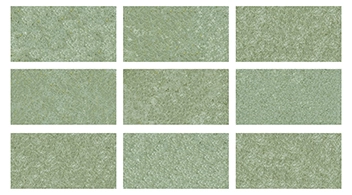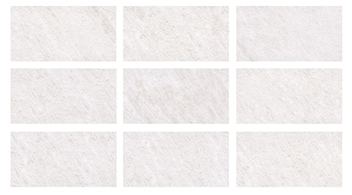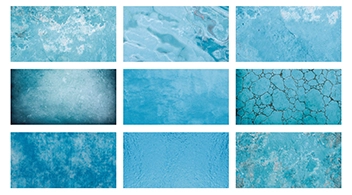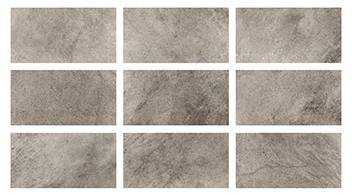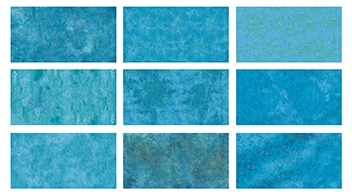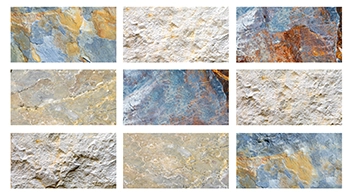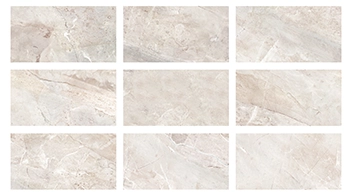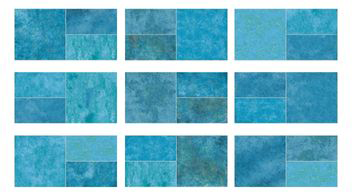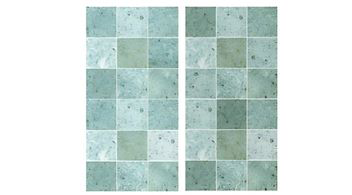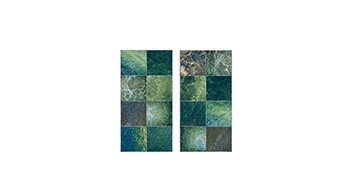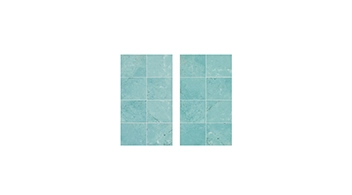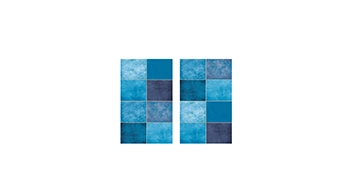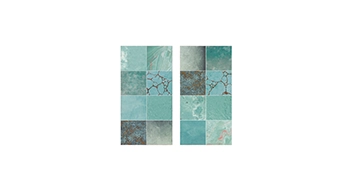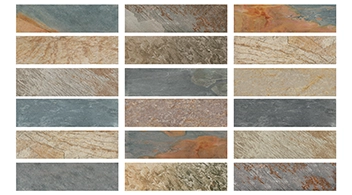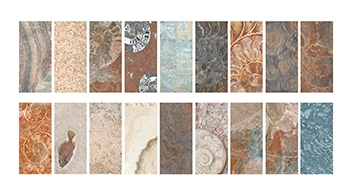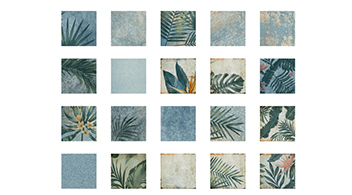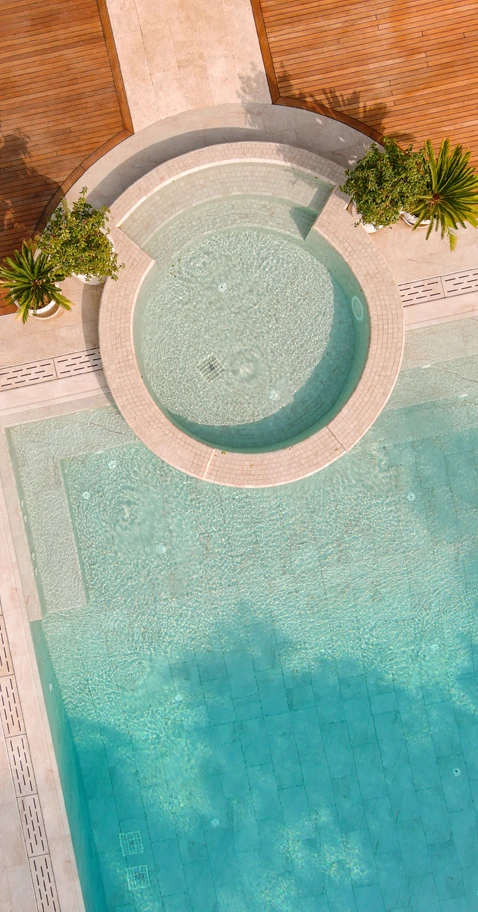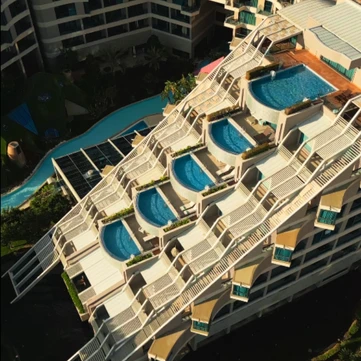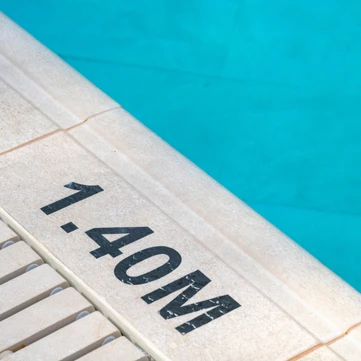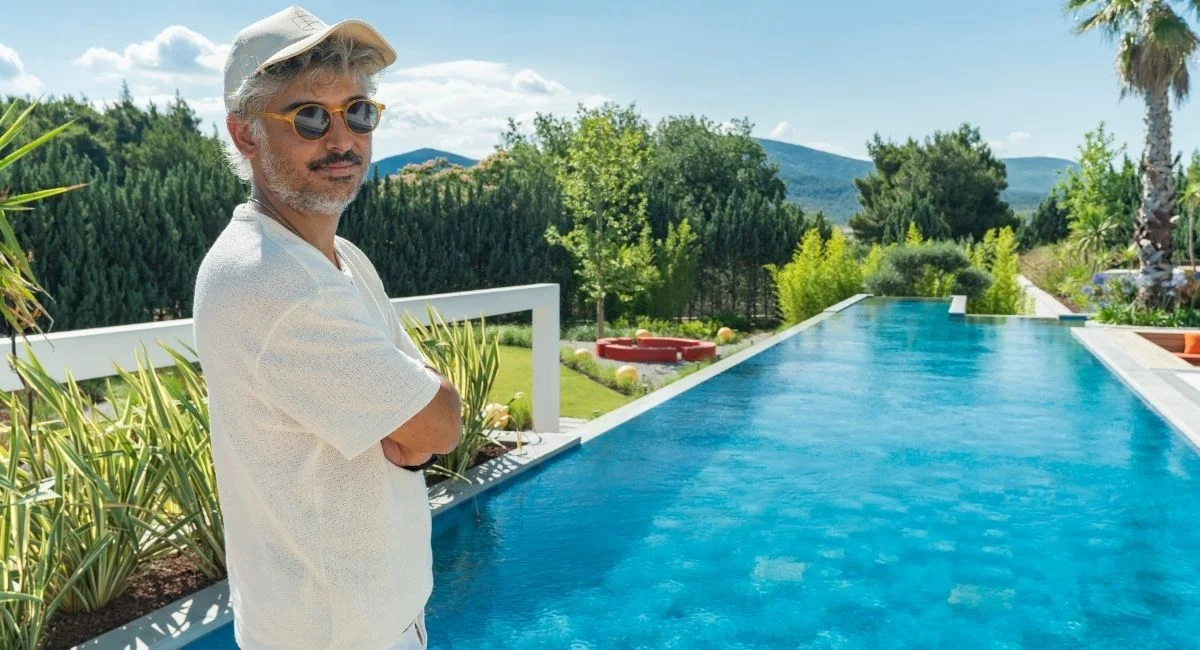
Architectural projects that emphasize aesthetic value, harmony with nature, and sustainable solutions are now widely preferred—from private residences to hotels, villas, recreational spaces, and spa areas. In line with this approach, the villa project in Urla, İzmir—brought to life by ONZ Architecture’s Co-Founder Onat Öktem—offers a nature-integrated living space shaped by a visionary architectural eye.
In this project, Serapool Porselen’s Piazza Cobalt was selected, where both design and technical requirements were met through Serapool’s solution-oriented partnership. From the impact of material selection on spatial perception to the role of biological pools in sustainability, this interview sheds light on how architecture creates balance among urban context, user needs, and natural surroundings.
The Role of Water in Spatial Design
Water is not just an aesthetic element; it is a multidimensional design tool that shapes the atmosphere of a space. Through its reflective quality, it harmonizes with natural surroundings while silently establishing spatial boundaries. When thoughtfully integrated, water enhances the user experience and adds emotional depth to architectural space. For this reason, water becomes a strategic design choice both visually and functionally.
How important are elements like pools or biological ponds in achieving healthy environments and sustainable architecture?
“The various manifestations of water in architecture are projections of the designer’s emotions and ideas.”
Water reflects the designer’s intent to shape the atmosphere. It serves as a contextual tool to create effects such as centrality, formation, guidance, invitation, connection, separation, stillness, flow, or drama.
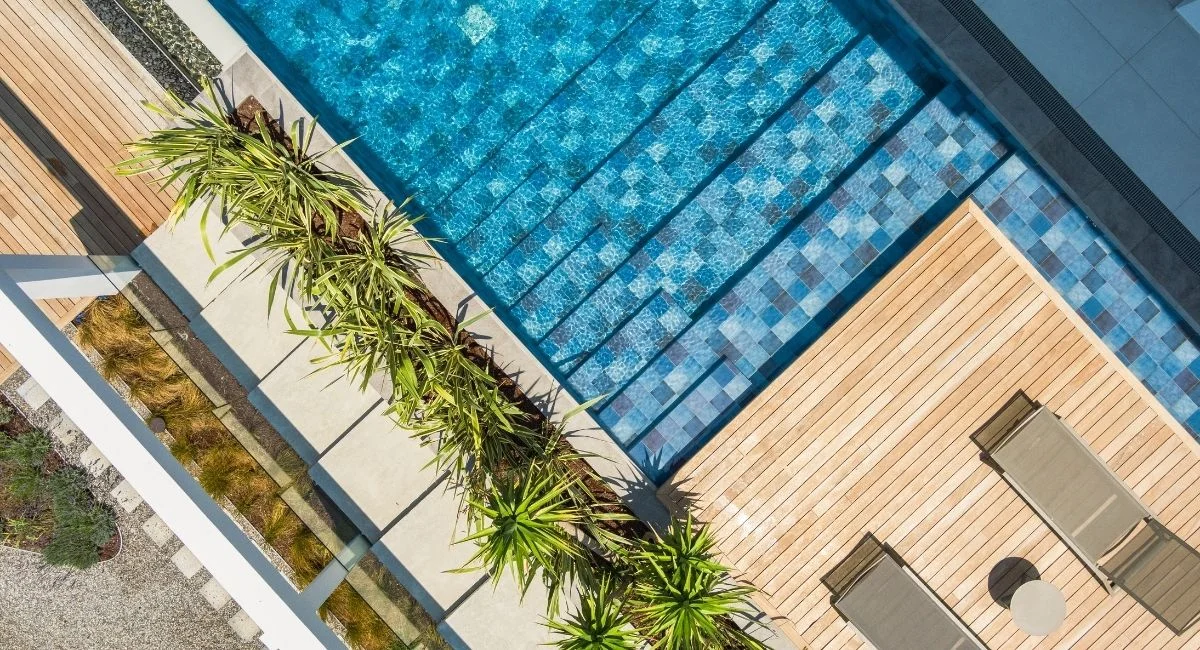
Material as a Tool for Spatial Control: Serapool’s Contribution
The success of a project lies in how materials interact with the overall design. Serapool’s broad range of colors and textures allows architects to manipulate light and shadow within a space. Material selection influences not only visual outcomes but also experiential quality. For a comprehensive design approach, architects must collaborate with partners who offer flexibility and diversity in materials.
How did your collaboration with Serapool Porselen begin? What aspects of their vision stood out to you as an architect?
“Architecture is not merely about creating space; it’s about orchestrating harmony among all elements—materials, colors, and their interaction. Serapool offered a wide palette that enabled control over how textures respond to light and shadow. What impressed us most was the availability of diverse color tones and unique textures that avoid repetition—perfect for enhancing the continuity of a flowing pool. Their attention to finishing details is equally valuable.”
Piazza Cobalt: Visual Continuity and Surface Harmony
The Piazza Cobalt series by Serapool not only fulfills aesthetic needs but also solves technical challenges. One common issue in linear pool design is surface repetition, which is avoided here thanks to variations in size and texture. This enables uninterrupted water flow and seamless integration with the surrounding landscape, resulting in a more cohesive pool aesthetic.
In the Urla villa project, you used Serapool’s Piazza Cobalt. How did this series impact the visual aspect of the pool design?
“We designed a raised infinity pool aligned with the ground level. The aim was for the hardscape beginning from the living area to gradually dissolve into water, extending into the pool and blending with the surrounding pine forest. Serapool’s Piazza Cobalt was ideal due to its modular format and adaptable layout. In linear pools, maintaining visual fluidity is critical—otherwise, you create unwanted borders in the water’s appearance. Piazza Cobalt allowed us to overcome this and preserve the simplicity of water flow.”
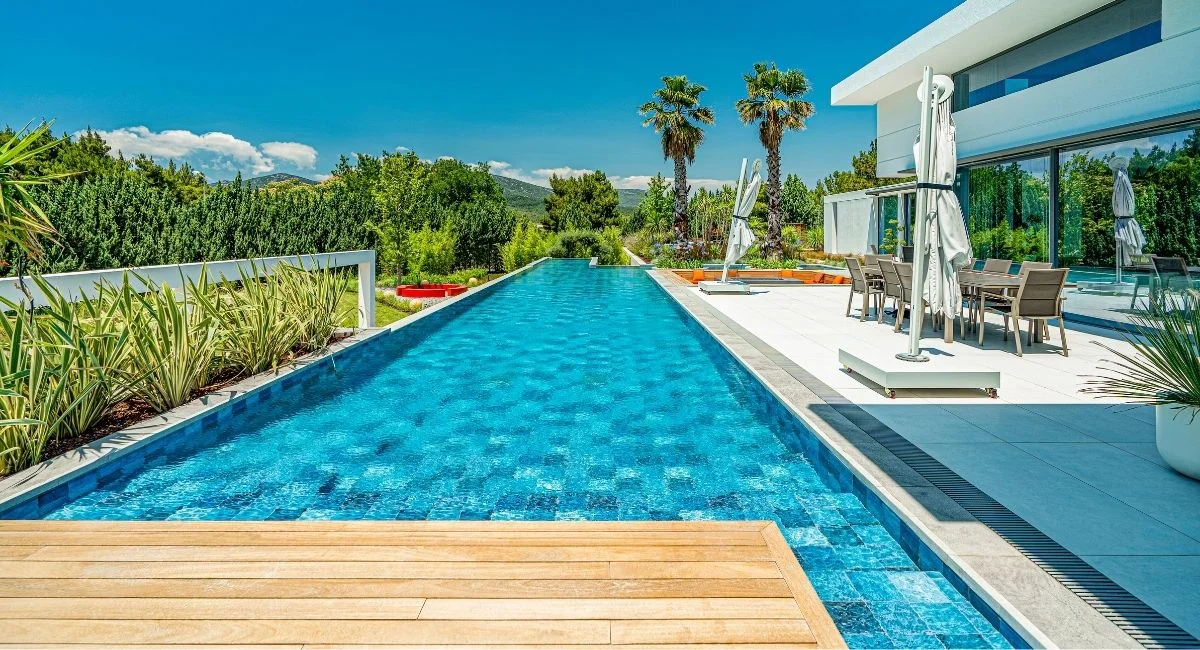
Water as a Boundary: A Natural Alternative to Conventional Barriers
In contemporary architecture, there’s a growing effort to ensure user safety without compromising aesthetic integrity. This project replaces traditional boundary elements like railings with water itself as a natural divider. This solution maintains visual unity while cultivating a deeper connection with the landscape.
This project features an unconventional pool design. Are unique concepts like this gaining interest in Türkiye?
“You won’t find a railing in this structure. Water defines the building’s boundaries while eliminating physical obstructions—it becomes a natural border. The overflow channel, positioned 1.5 meters below, directs users toward a secondary entrance through concrete stairs. With the use of pebbles and plants, we wanted to evoke the feeling of walking along a riverbank. The sound of flowing water adds a calming dimension that engages the senses.”
Custom Production for Architectural Precision
In high-quality architectural applications, standard products may not suffice. In such cases, the manufacturer’s ability to deliver custom solutions becomes critical. Serapool demonstrated this adaptability by producing a unique Outer Trim specifically for this project—supporting the architect’s design vision without technical compromise.
How do you evaluate Serapool as a solution partner? Were there moments in this villa project where you required product customization or technical support?
“The Outer Trim profile we envisioned wasn’t available as a standard product, but Serapool custom-produced it in our requested color, texture, and cut. These details matter greatly to us, and Serapool provided tailored solutions at every stage.”
